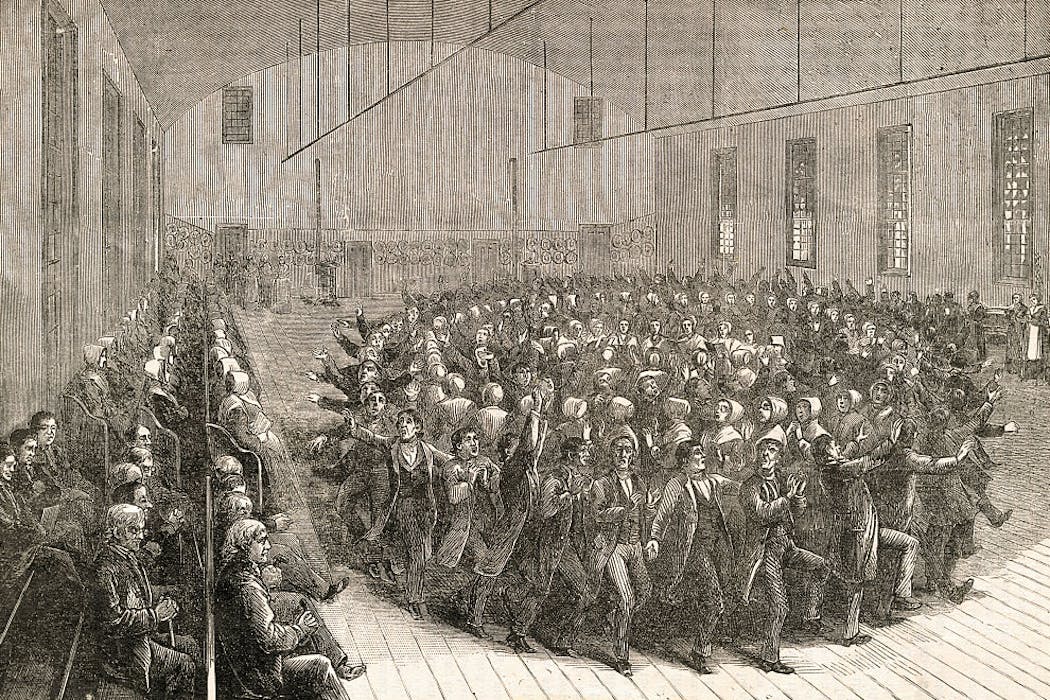Direct Action's here, but how will Australia cut carbon after 2020?
 Bernie Fraser of the Climate Change Authority, environment minister Greg Hunt, and Clive Palmer announce a deal on a plan to cut Australia's emissions this decade. What happens after that isn't so clear. AAPImage/Alan Porritt
Bernie Fraser of the Climate Change Authority, environment minister Greg Hunt, and Clive Palmer announce a deal on a plan to cut Australia's emissions this decade. What happens after that isn't so clear. AAPImage/Alan PorrittWith the passage of the Emissions Reduction Fund through the Senate last night, the federal government has taken a step towards achieving Australia’s minimum target to reduce greenhouse gas emissions to 5% below 2000 levels by 2020.
The Emissions Reduction Fund is the centrepiece of the Coalition’s Direct Action plan, which will replace the Carbon Pricing Mechanism repealed in July this year.
But questions remain over how Australia will achieve the post-2020 transition to a decarbonised economy by mid-century. Avoiding dangerous levels of climate change is the reason for emissions reductions policy.
Glimpses of an ETS
We now know that we have a limited “carbon budget” that means emissions must be close to zero by 2050. The carbon budget is well described by the Climate Change Authority which fortunately was retained in a deal between the coalition and the Palmer United Party to see the fund through the upper house .
The deal also provides a review into emissions trading schemes (ETS) and Australia’s future target or cap.
It has frustrated many to see a working emissions trading scheme abolished only to commence a new review into an ETS. Still, this shows that the ETS is a topic that won’t die.
Glimpses of an ETS exist in the deal. The promise of a safeguard which acts as a cap on large emitters as part of the Emissions Reduction Fund deal could over time be strengthened to match the decarbonising trajectory needed. Shortfalls could possibly be met by buying abatement units achieved by others.
Meeting a 2020 target
Both of Australia’s major parties have agreed to a minimum national target of reducing greenhouse gas emissions to 5% below 2000 levels by 2020. The Emissions Reduction Fund is the Federal Government’s signature policy to achieve this minimum target.
The fund involves direct payments made by the government to businesses who agree to take actions to emit fewer greenhouse gases than expected. It will achieve this through an auctioning process whereby business can “bid” with their emissions reduction projects, and the projects that can reduce emissions at the lowest cost are paid to do so.
ClimateWorks’ previous research suggests that, if well designed, the fund could effectively fund some emissions reduction opportunities in Australia.
In particular, it could be suitable to fund projects that deliver large reductions in emissions at reasonable cost through technologically proven methods, including projects to:
- Capture waste methane from coal mines, preventing the gas from escaping into the atmosphere
- Undertake deep retrofits of commercial buildings and industrial facilities to make them more energy efficient
- Take carbon out of the atmosphere through “carbon farming” – agriculture, afforestation (planting trees) and reduced deforestation.
According to the government’s Emissions Reduction Fund White Paper, the fund will have a budget of A$2.55 billion, with further funding to be considered in future budgets. The adequacy of the budget for the task remains a question.
Beyond 2020
The Emissions Reduction Fund is currently only designed to incentivise emissions reductions between now and 2020, with a view to meeting the 5% target.
However, even if this target is met, the far bigger question is how Australia will achieve the fundamental transition to a low carbon economy, which we now know will be required globally and in Australia by the middle of this century.
In particular, a major transition is needed in energy systems, and these investments need longer timeframes than the next five years. The Pathways to Deep Decarbonisation project report, which was presented to world leaders at the recent UN Climate Summit in New York, shows that near-zero carbon energy systems are feasible for all major emitting countries, while sustaining economic growth.
Australia’s pathways are detailed in an additional national report which shows that Australia has abundant renewable energy options and can achieve near-zero carbon electricity through renewables alone.
Alternatively, a mix of renewables, carbon capture and storage and/or nuclear could be used. This low carbon electricity could then replace petrol and diesel in cars and passenger transport and replace gas used for cooking, heating and cooling buildings. Gas would be used in trucks replacing diesel, and gas would be the main fossil fuel used in industry. Some of this can be shifted to bioenergy or sequestered with carbon capture and storage, and the rest sequestered with carbon forestry.
Australia’s report sees a 71% reduction in CO2 emissions from energy, while the economy grows by almost 150% by 2050 and retains mining and manufacturing, in a world that is also decarbonising.
To reduce the remaining emissions to stay within Australia’s share of keeping warming below the “safe” threshold of 2C, a large increase in land-based carbon sequestration is needed to complement the energy use transition.
How to decarbonise by 2050
The Deep Decarbonisation Pathways reports show that it is possible to transition to a decarbonised economy by 2050, but that this would require a rapid acceleration in activity in all sectors of the economy to reduce emissions and set the economy on an achievable trajectory for deep decarbonisation.
Further, the project highlighted the need to start making decisions today across the economy based on the required long-term emissions reductions.
In particular, it will be necessary to:
Accelerate action to reduce emissions now, particularly through energy efficiency opportunities which are already proven and profitable
Avoid lock-in of emissions-intensive technologies, particularly for long-lived assets such as buildings, industrial facilities and power plants which if built today could still be in operation in 2050
Prepare for the future by investing in research and development to bring down the cost of low carbon technologies, building the necessary supply chains and developing local skills and capabilities in these new technologies and processes.
In theory, the Emissions Reduction Fund could continue to operate beyond 2020, with the proposed “safeguard mechanism” operating like a cap on total national emissions. The could be reduced each year in line with the necessary trajectory to achieve complete decarbonisation by 2050.
However, this would require budget allocations to be made every year for a task that will only get larger, or an evolution toward trading between emitters rather than purchasing by government.
In its current design, the Emissions Reduction Fund is most suited to incentivising a certain set of emissions reduction activities.
The Deep Decarbonisation report shows that the transition will be required across all sectors of the economy, and some areas will be better incentivised through other mechanisms.
These mechanisms include minimum efficiency standards for long-lived assets such as vehicles, buildings and industrial developments to avoid “locking in” inefficient technologies, and long-term incentives for the transition to zero carbon electricity, such as an increased Renewable Energy Target or similar measure and ongoing support for new technology development.
Whether or not the Emissions Reduction Fund has a role to play post-2020, a suite of additional measures will be required to drive this transition. We don’t have long to switch to the technologies that can power our economy without creating emissions.
Anna Skarbek works for ClimateWorks which is funded by philanthropy and Monash University. Additional funding was received for the Deep Decarbonisation Pathways Project from ARENA, Accenture, the Global Carbon Capture and Storage Institute, TransGrid and the Mullum Trust.
Read more http://theconversation.com/direct-actions-here-but-how-will-australia-cut-carbon-after-2020-33642



















